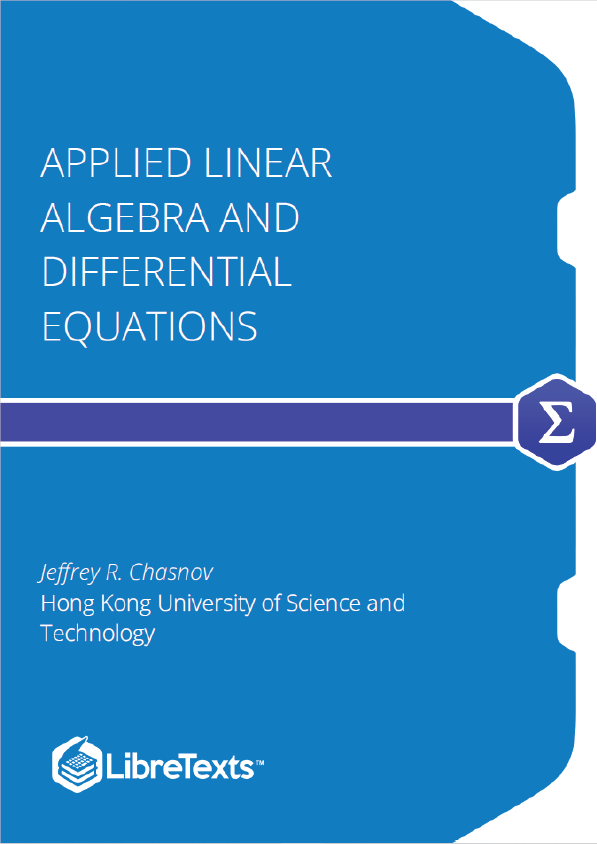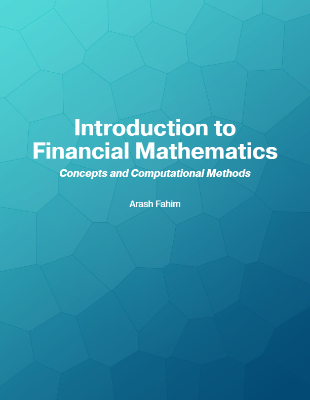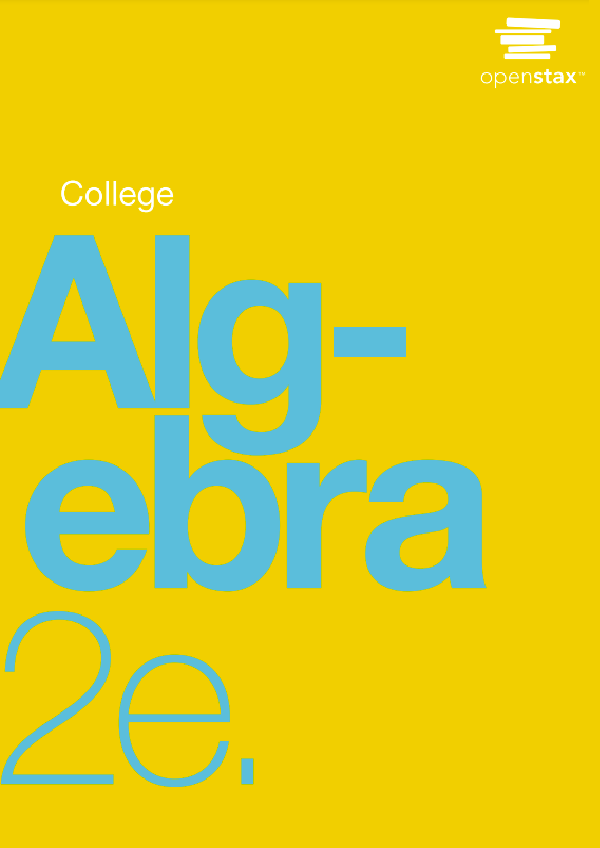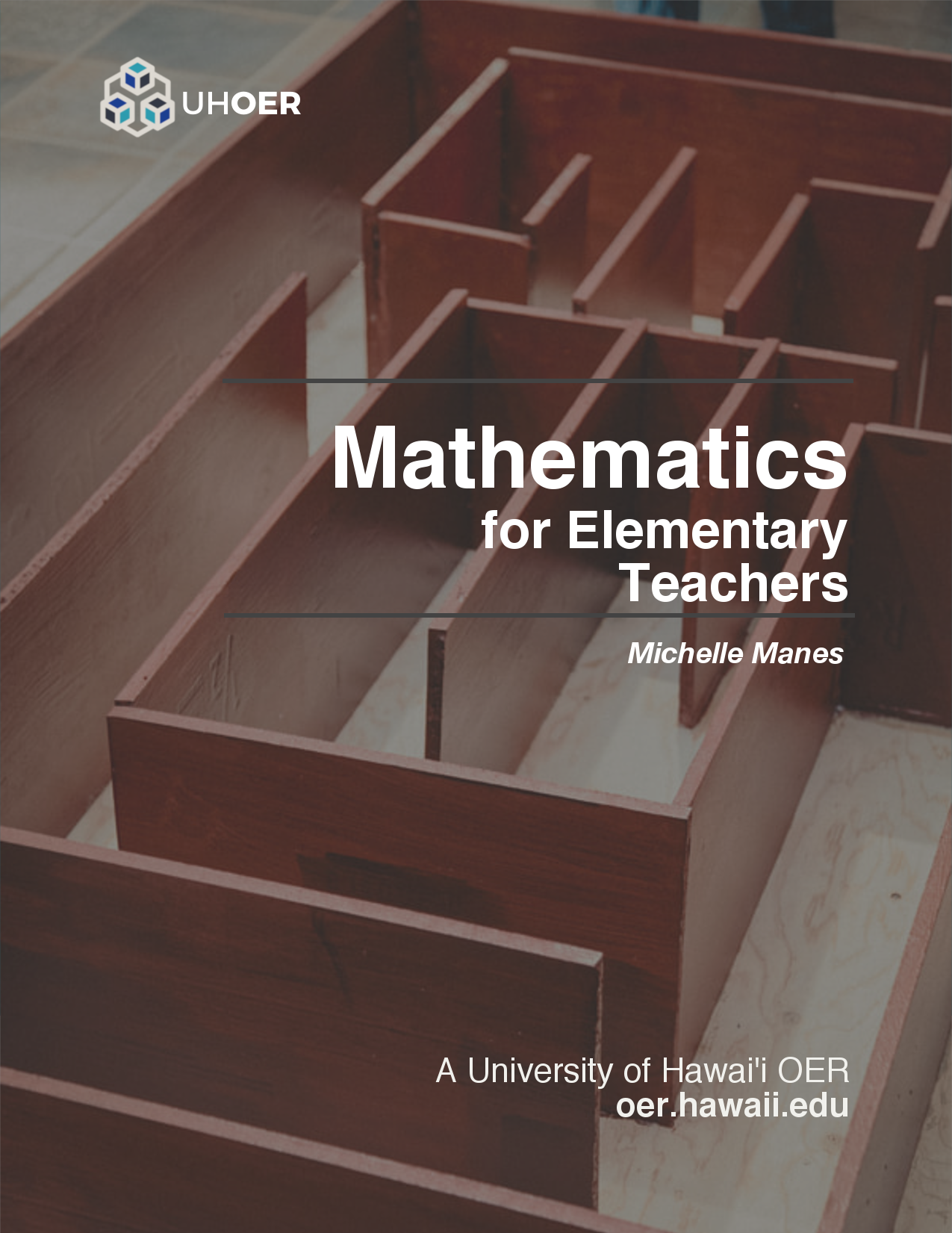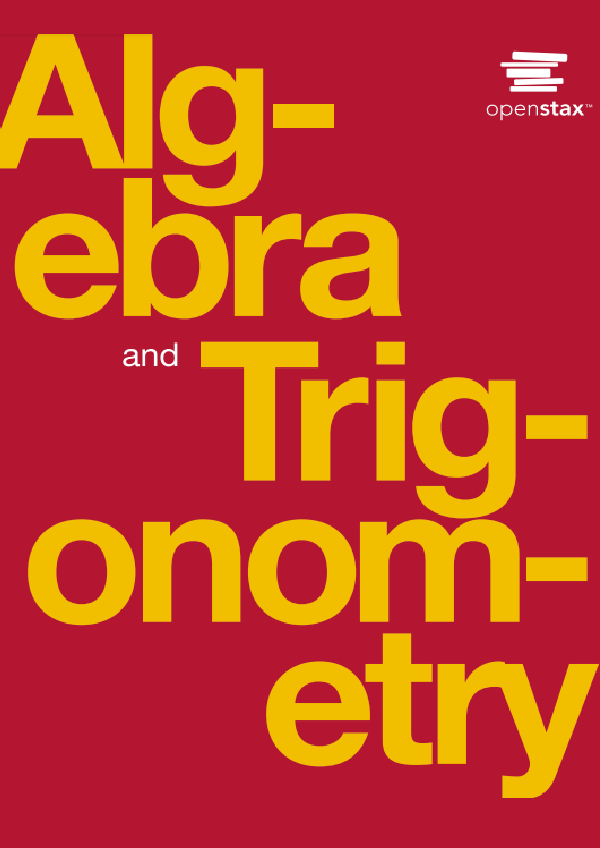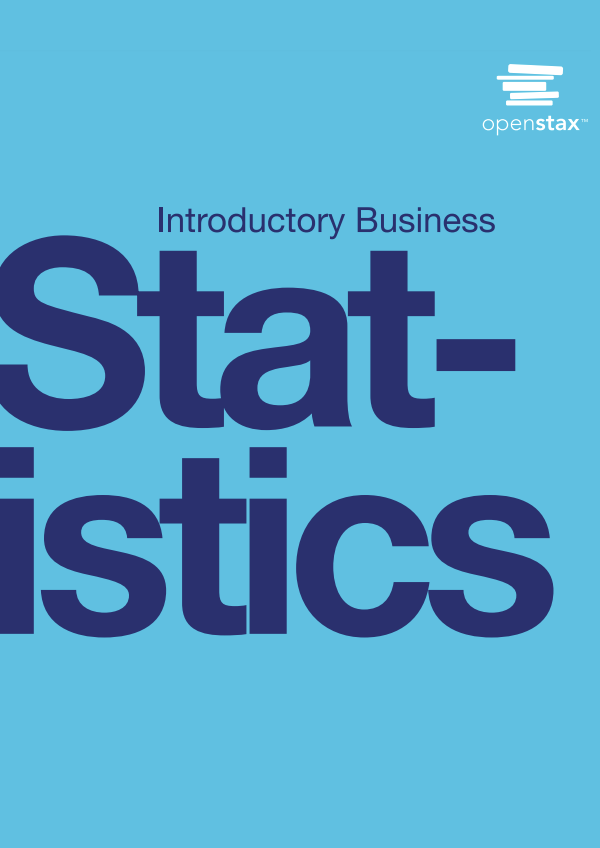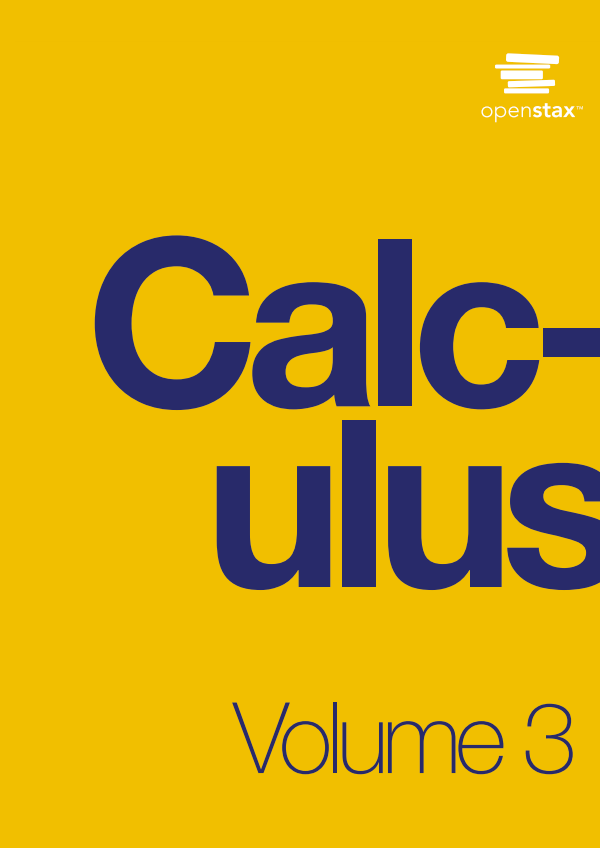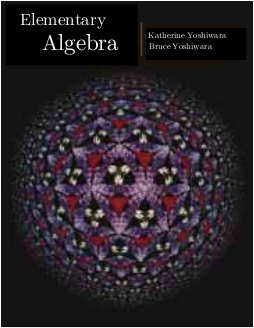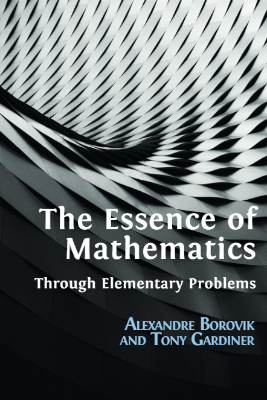What follows are my lecture notes for a mathematics course offered to second-year engineering students at the the Hong Kong University of Science and Technology. Material from our usual courses on linear algebra and differential equations have been combined into a single course (essentially, two half-semester courses) at the request of our Engineering School. I have tried my best to select the most essential and interesting topics from both courses, and to show how knowledge of linear algebra can improve students’ understanding of differential equations.
I. Linear Algebra
The first part of this course is on linear algebra. We begin by introducing matrices and matrix algebra. Next, the important algorithm of Gaussian elimination and LU-decomposition is presented and used to solve a system of linear equations and invert a matrix. We then discuss the abstract concept of vector and inner product spaces, and show how these concepts are related to matrices. Finally, a thorough presentation of determinants is given and the determinant is then used to solve the very important eigenvalue problem.
Permutation Matrices
View Permutation Matrices on YouTube A permutation matrix is another type of orthogonal matrix. When multiplied on the left, an -by- permutation matrix reorders the rows of an -by- matrix, and when multiplied on the right, reorders the columns. For example, let the string represent the order of the rows (columns) of a two-by-two matrix. Then the permutations of the rows (columns) are given by and . The first permutation is no permutation at all, and the corresponding permutation matrix is simply the identity matrix.
Gaussian Elimination
View Gaussian Elimination on YouTube The standard algorithm to solve a system of linear equations is called Gaussian elimination. It is easiest to illustrate this algorithm by example.
When There is No Unique Solution
Given equations and unknowns, one usually expects a unique solution. But two other possibilities exist: there could be no solution, or an infinite number of solutions. We will illustrate what happens during Gaussian elimination in these two cases. Consider Note that the first two equations are the same as in (2.1.1), but the left-hand-side of the third equation has been replaced by the sum of the left-hand-sides of the first two equations, and the right-hand-side has been replaced by the parameter . If , then the third equation is just the sum of the first two equations and adds no new information to the system. In this case, the equations should admit an infinite number of solutions. However, if , then the third equation is inconsistent with the first two equations and there should be no solution.
